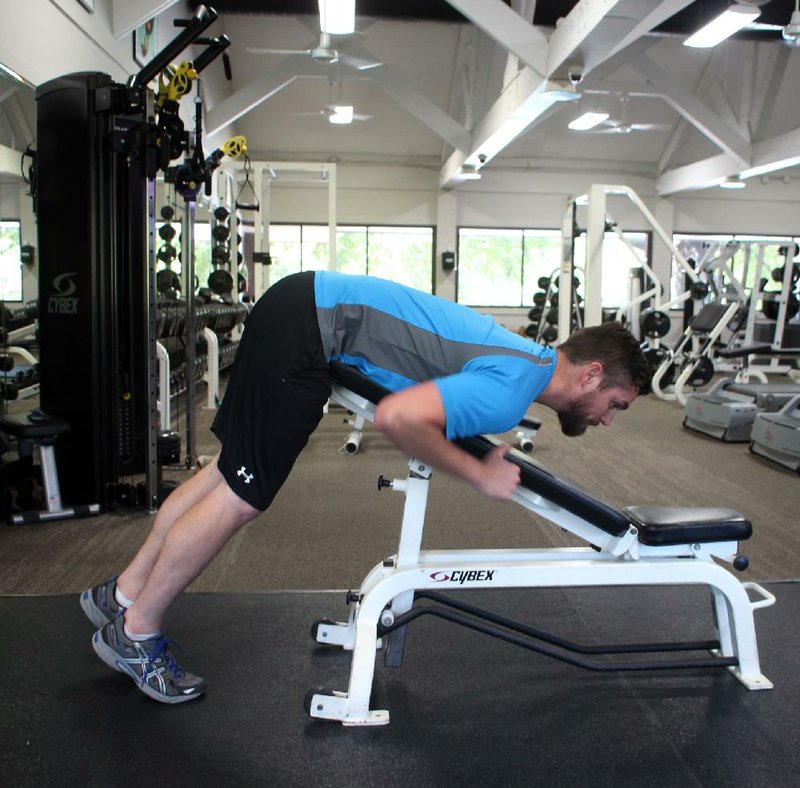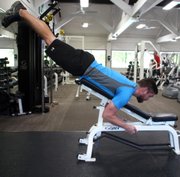Engaging in strength training for the back muscles can be a tricky business, especially for those with chronic back pain or a more serious injury history.
However, one of the worst coping methods for chronic back pain is inactivity. This often leaves people with the difficult decision of exercising with increased risk for injury or simply eliminating physical activity altogether. This week, I'll shed some light on this quandary and also introduce an exercise that is a nice alternative to the old-school back extension.
If you've ever had back pain, you understand how debilitating it can be. The slightest twist in the wrong direction can send an electrical current of pain up your spine. The thing is, each back injury is different. There's definitely not a "one-size-fits-all" approach to strength training with back problems, which is why it's so critical to get a true diagnosis before proceeding with an exercise or rehabilitative program.
Assuming the diagnosis is simply chronic pain due to muscular imbalance and weakness, the answer is easy. Stretch, strengthen and repeat. The back muscles respond to stimuli that are presented by other muscle groups, such as the abdominals and hamstrings. Each of these muscle groups affects back physiology by providing varying degrees of support/pressure to different sections of the posterior anatomy.
In order to put yourself in the best possible position to maintain a strong, healthy back, it's important to stretch the hamstrings, gluteals, hips, lower back and abdominals. Basic static stretching for each muscle group will do the trick, but there also are some useful stretches that can be implemented with the stability ball.
As far as strength, I can't stress enough how important core stability is with regard to preventing back pain. Weak, tight hamstrings combined with weak lower back muscles and abdominals is almost a guarantee for chronic back pain.
I recommend performing regular strength exercises for each of these muscle groups, working your way up from body weight training to adding stretch bands and, eventually, free weights.
This week's exercise is a body weight exercise that's designed for the medium to advanced fitness enthusiast who is healthy and ready to move to the next level of training. The Reverse Hyperextension can be performed using a simple adjustable bench.
1. Position an adjustable bench on an incline slightly less than 45 degrees. Now, stand at the back of the bench with the headrest portion of the bench pointed right at your chest.
2. Lean over it with your upper body and wrap your arms around the bench.
3. From here, lift your legs off the floor until they are in line with your upper body.
4. Lower them slowly, then return to in line.
5. Perform two sets of 12 lower body hyperextensions.
Again, this is a fairly advanced exercise that not only requires a good deal of lower back strength but also balance. I wouldn't prescribe this exercise to anyone who couldn't perform a normal hyperextension on a traditional machine, as this method is much more demanding in terms of balance. However, it is a nice variation on the traditional hyperextension machine and it could provide the source for your next amazing lower back workout.
Enjoy!
Matt Parrott has a doctorate in education (sport studies) and a master's in kinesiology and is certified by the American College of Sports Medicine.
vballtop@aol.com
ActiveStyle on 10/17/2016

